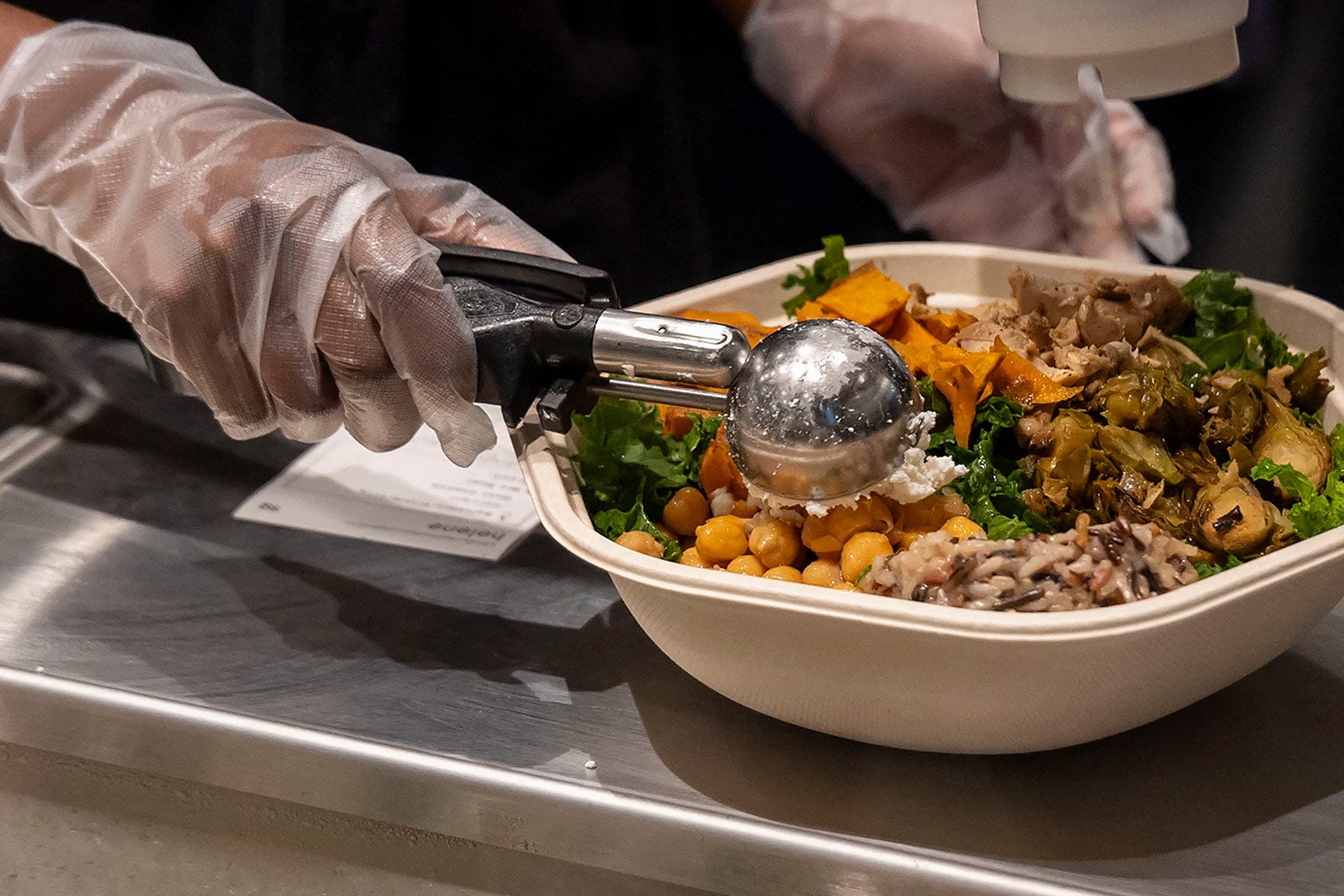Label me a member of the bourgeoisie if you must, but I’ve never been able to stomach a classic, pumped nacho cheese. Like a scared aristocrat, I look at it with mild fear and stick to the fully identified cheddars and Monterey Jacks of the world. Even when ordering from Taco Bell, a situation in which I’ve already given up all hope of nutrition, I still shy away from the Squeezy-Cheez injected variations, or sub in something I’ve seen at least once in a solid form.
I understand that everyone else has long thrown caution to the wind when it comes to this substance, filing it away with hot dogs and Spaghetti-O meatballs under, “I’ll eat it, but I don’t need to know what’s in it.” But I cannot. I’m unable to go through life without knowing what particular combination of sources creates a cheese that’s shelf-stable, forever at a consistency allowing it to be distributed from what is basically a Tex-Mex caulk gun.
Don’t Miss
So let’s start from the beginning: The first nachos, created by Ignacio “Nacho” Anaya in 1943, used a cheese usually identified as cheddar. They weren’t topped with neon-orange oobleck until the goo, invented by a businessman named Frank Liberto, debuted in the 1970s at Arlington Field, home of the Texas Rangers.
Shutterstock
None of this suggests a happy ending. A food invented by a businessman, to sell at a sports stadium? Call me jaded as a fan of a football team that once sold expired airline peanuts, but it’s far from a reassuring origin.
That original recipe, of course, is a secret — as are the recipes of pretty much every modern nacho cheese producer — which contributes to a disquieting feeling that the secrecy here isn’t protecting against corporate copycats, but because they would really prefer, as a matter of sanity, that we not know. Even worse, we don’t even have basic guidelines to work off of, because as it turns out, nacho cheese means literally nothing. In the world of cheese, it’s a case of stolen valor, with cheese experts shrugging their shoulders and explaining that nacho cheese is an unauthorized offshoot of the cheese world at best.
The FDA has refused to define it, unlike other cheeses that have to follow a sort of FDA bible, preventing people from packaging sour milk as extra-tangy Parmesan. That means there are no rules or regulations making up a bar that nacho cheese has to clear, outside of, I assume, not sending people to the hospital. The type of cheese inside is entirely up to the producer, and varies widely from ooze to ooze. When a Bloomberg writer asked a spokesman for nacho monolith Old El Paso for his explanation of what nacho cheese was, he responded with: “What consumers are used to, and what they believe nacho cheese flavor is.”
Apparently, we’re all eating a cheese that follows the same guidelines as the Christmas Spirit.
As for an actual, specific answer? The most elaborate thing anyone seems to have been able to wheedle out of any arm of Big Nacho (again, legally separate from Big Cheese) is just to parrot back their published ingredient list. One that’s profoundly unhelpful, but doesn’t do much to settle the stomach when the biggest producer of nacho cheese, Ricos, lists both modified food starch and soybean oil above any identifiable cheese.
The only thing they’re topped by is the almost criminally vague “cheese whey.” If I flipped a package of hot dogs over and the ingredients read “animal meat,” I wouldn’t think, “Well, that’s a relief.”
So, the answer to what nacho cheese is, exactly, is that there is no such thing. Not that that’s going to stop anyone from gobbling it down.




:max_bytes(150000):strip_icc()/Caitlin-Hale-Angelo-Massagli-School-of-Rock-010625-d83634e0dffd45adbb3b3a659efe4648.jpg)











